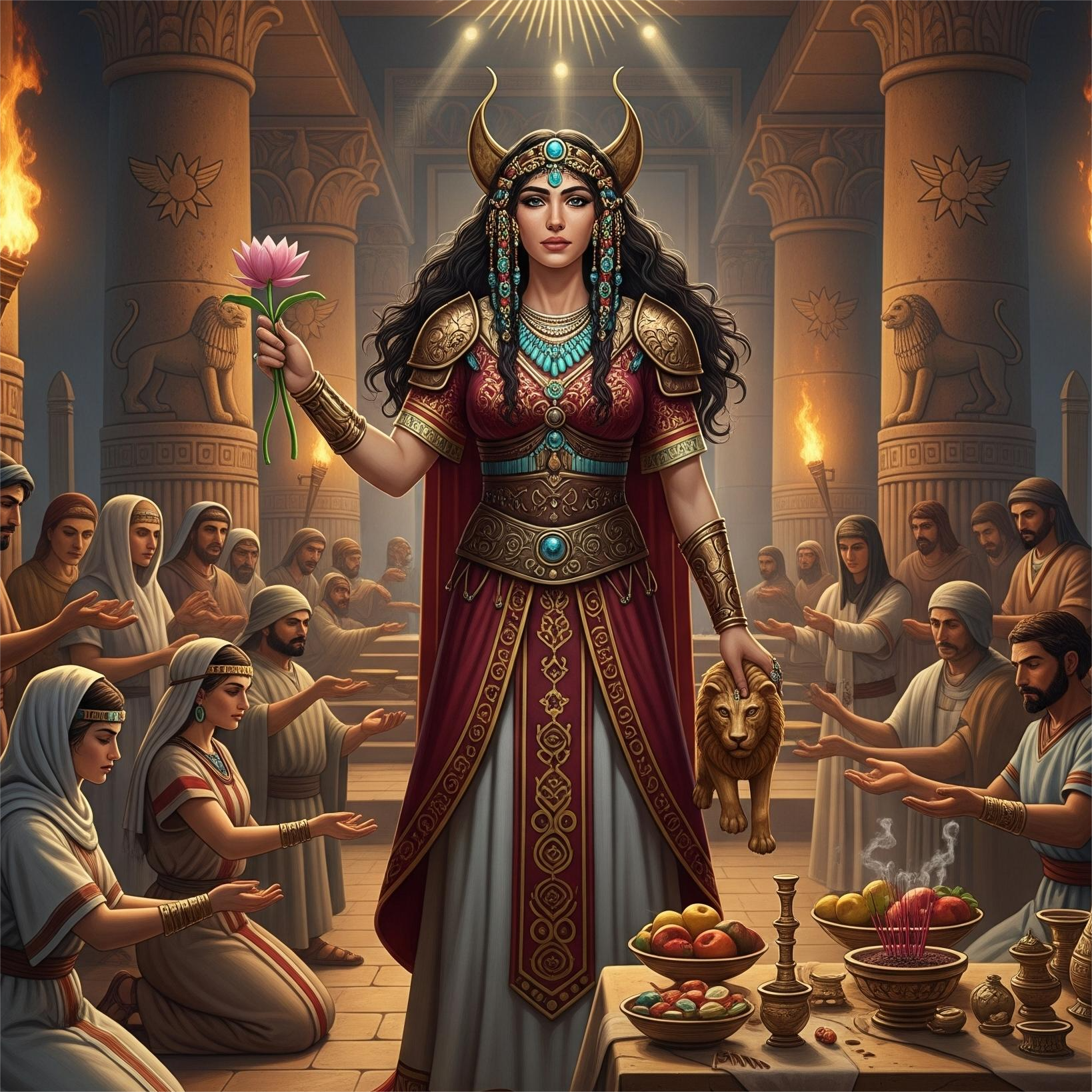The Mesoamerican ball game, known as pok-ta-pok or pitz, was central to Mayan society, serving both recreational and ceremonial functions.
Rules and Gameplay
Players used their hips, elbows, and knees to pass a rubber ball through stone hoops. The game required skill, endurance, and strategy, often played on grand courts within city centers.
Religious and Ceremonial Significance
Ball games were deeply symbolic, representing cosmic battles between life and death, day and night, or gods and humans. Victorious or sacrificial players could be honored or offered to deities, reflecting the intertwining of sport, ritual, and religion.
Social and Political Roles
Ball courts were venues for diplomacy, territorial disputes, and social cohesion. The game also reinforced hierarchical structures, emphasizing elite participation and ritual leadership.
Legacy
The Mayan ball game influenced later Mesoamerican cultures, inspiring modern cultural revival and archaeological interest. Its study sheds light on the interplay between sport, religion, and politics in ancient societies.






